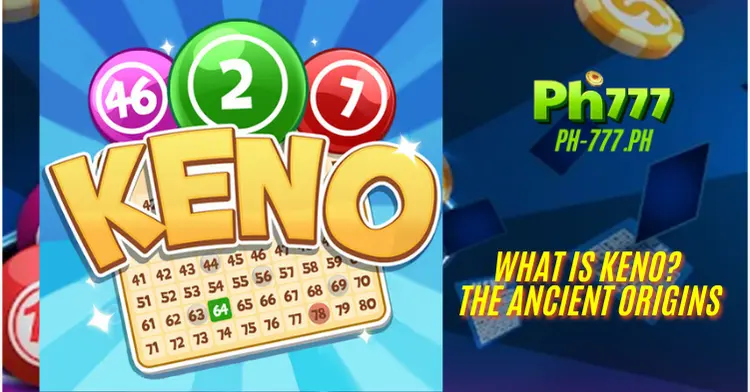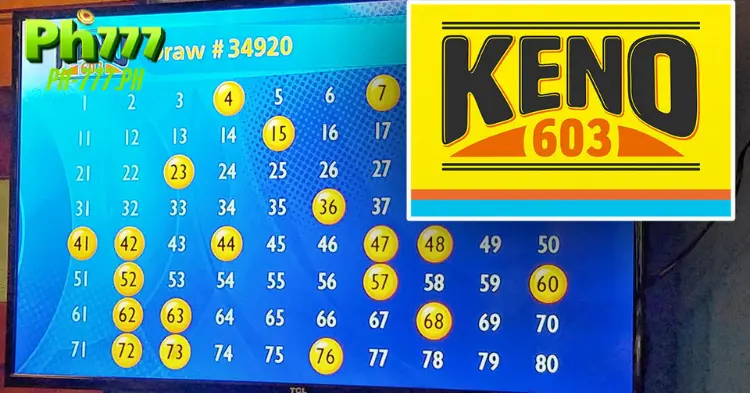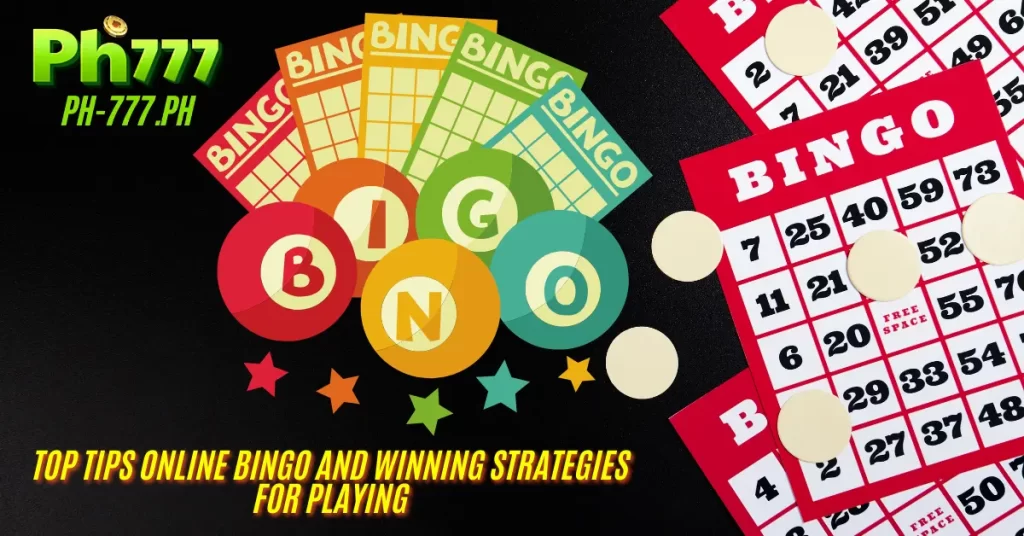Keno has been a popular game of chance for thousands of years, offering entertainment and the possibility of rewards. But what exactly is Keno, and how do you play it effectively? Let’s dive into its fascinating history and learn how to play with some strategic tips to improve your odds in Keno.
What is Keno? The Ancient Origins

Before we discuss how Keno is played, let’s take a look at its origins. Historical records suggest that Keno originated over 3,000 years ago in ancient China. During a prolonged war that drained the country’s resources, an official came up with a game to raise funds from the populace to support the war effort. This game was essentially an early version of Keno. Years later, it was even used by the government to finance the construction of the Great Wall of China.
Initially, ancient Keno was quite different from the modern version. Instead of using numbers, players had to select from 120 Chinese characters. It was only when it reached the United States and Europe that the game was simplified to use 80 numbers instead. In 2019, it officially arrived in the Philippines, adopting a gameplay style similar to the American version. Players can buy Keno tickets directly from PCSO Lottery outlets and check results in-store or online.
The Rise of Keno in the West in the Early 20th Century
When Keno made its way to the West, it had to be adapted to appeal to the local audience. In the early 20th century, Chinese sailors introduced Keno to the San Francisco coastline. Initially, Western players needed clarification due to the use of Chinese characters, so the game was modified to use numbers instead.
However, because lotteries were illegal in the U.S. at that time, operators renamed the game to “Horse Race Keno” to disguise it as a horse-racing game. Each of the 80 numbers was assigned to a “horse,” and every draw was referred to as a “race.” It wasn’t until lotteries were legalized that Keno could revert to its original name.
As waves of immigrants brought the game to different parts of the world, it quickly spread across continents—from the Americas to Asia and Africa. With simple gameplay, relatively high odds of winning, and large prize pools, it became beloved by many. It has even changed the lives of lucky players who struck it big.
=> Read more: Top Tips Online Bingo and Winning Strategies for Playing.
PCSO Lottery Keno: What You Need to Know
On August 23, 2019, the PCSO Lottery officially introduced Keno to the Philippines. To adapt to the local market, the game underwent several tweaks from its original version. For instance, in the U.S., it is commonly known as “Quickdraw,” while in Taiwan, it is called “Bingo.” The PCSO decided to use the name “Keno” since it is globally recognized, making it easier for players to understand and participate in the game.
Why is PCSO Lottery Keno Popular Among Young Philippines Players?
Thanks to the integration of modern technology into the lottery industry, PCSO Lottery Keno has captured the attention of diverse audiences:
- Instant Results: Unlike other lottery games like MAX 3D, MAX 4D, or 6/55, which have fixed draw times, PCSO Lottery Keno provides results every 10 minutes. This “instant noodles” style of lottery offers players a quick and exciting experience.
- Accessibility: You can play and check results anywhere, anytime.
- Variety of Playstyles: PCSO Keno includes new game variations that increase the chances of winning, offering flexibility for players with different preferences.
- Appealing Prizes: Keno offers a range of rewards, from modest amounts to jackpots worth millions, making it attractive to both casual and serious players.
Step-by-Step Guide on How to Play Keno with High Winning Odds
Basic Rules of Playing PCSO Lottery Keno
Here’s how you can play PCSO Lottery Keno, which is quite similar to playing PCSO Lottery Power:
- Select the Number of Rounds: Mark the number of draws you wish to participate in (up to 30 consecutive rounds). If playing for just one round, no selection is needed.
- Choose the Number of Spots: Indicate how many numbers you want to bet on, up to a maximum of 10. Each level of selection comes with different prize structures.
- Pick Your Numbers: Choose numbers from 1 to 80, or let the system pick them for you by marking “TC” (Quick Pick).
- Select Your Bet Amount: Indicate the amount you want to wager, with a maximum bet of 500 Peso. The minimum bet is 10 Peso, which you can choose by default.
- Submit Your Ticket: Hand your completed selection card to the PCSO Lottery agent to convert it into an official Keno ticket.
Playing Keno with Even/Odd or Big/Small Strategies

Besides the traditional way of playing Keno, PCSO Lottery Keno also offers supplementary betting options such as:
- Big: Out of 20 drawn numbers, 13 or more must be between 41 and 80.
- Small: 13 or more of the drawn numbers fall between 1 and 40.
- Even: 13 or more of the numbers drawn are even.
- Odd: 13 or more of the drawn numbers are odd.
This supplemental gameplay doesn’t require you to select specific numbers or levels, simplifying the process.
=> Are you looking for a reputable and top-quality casino for betting? Try our partners: SULIT777 Casino.
Step-by-Step Guide for Supplemental Keno Play
- Choose the Supplemental Bet Type: Mark the additional game type you want to play (Big, Small, Even, or Odd).
- Select Your Bet Amount: Indicate your wager (maximum 500 pesos). The minimum is 10 pesos.
Simply submit your form to the counter, get your ticket, and wait for the results. Playing the supplemental version of PCSO Lottery Keno is incredibly straightforward and adds an extra layer of excitement to the game.
The bottom line
With its long-standing history and simple yet thrilling gameplay, Keno continues to attract players worldwide. Now that you understand its origins and how to play, why not try your luck?



